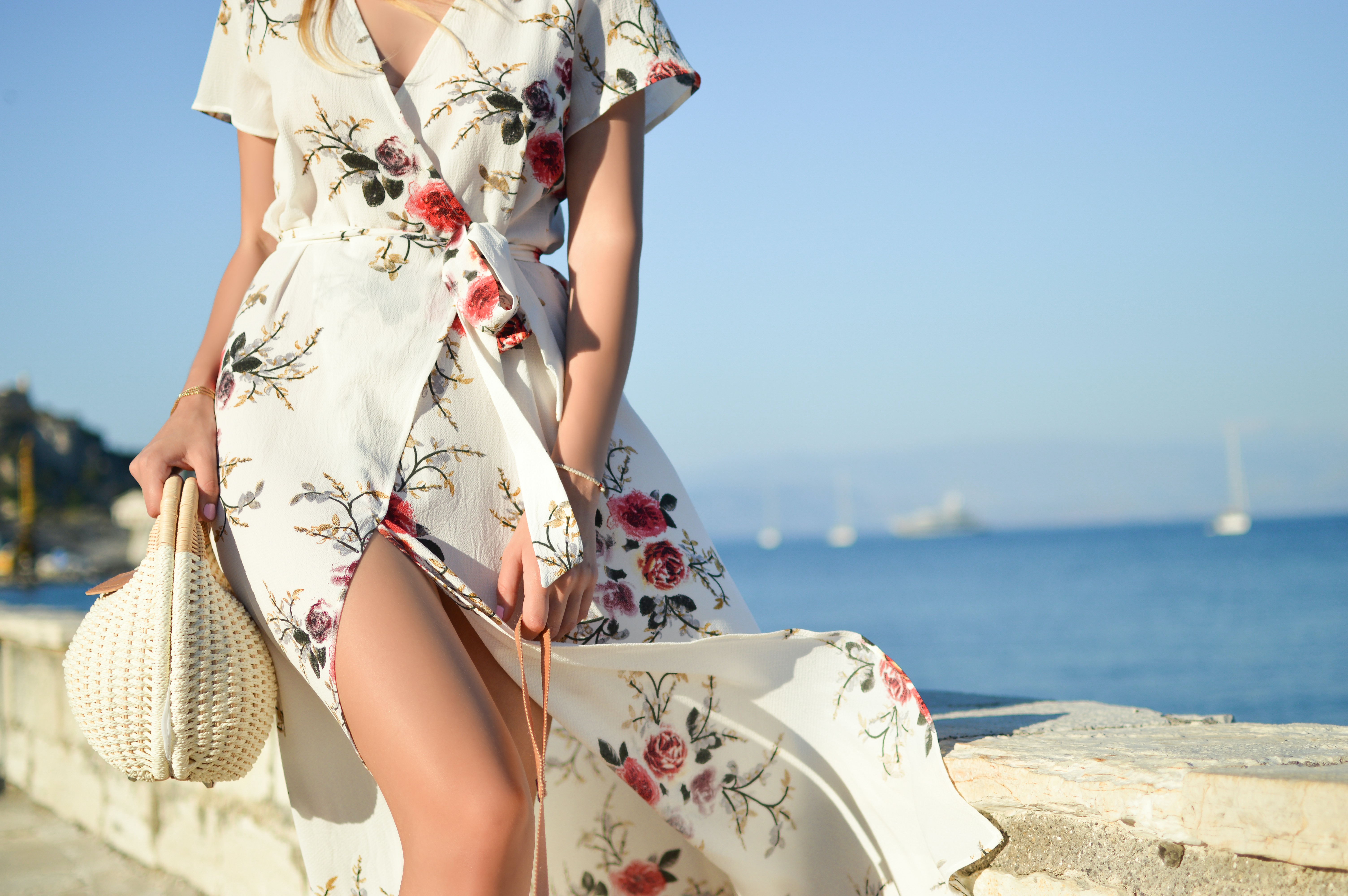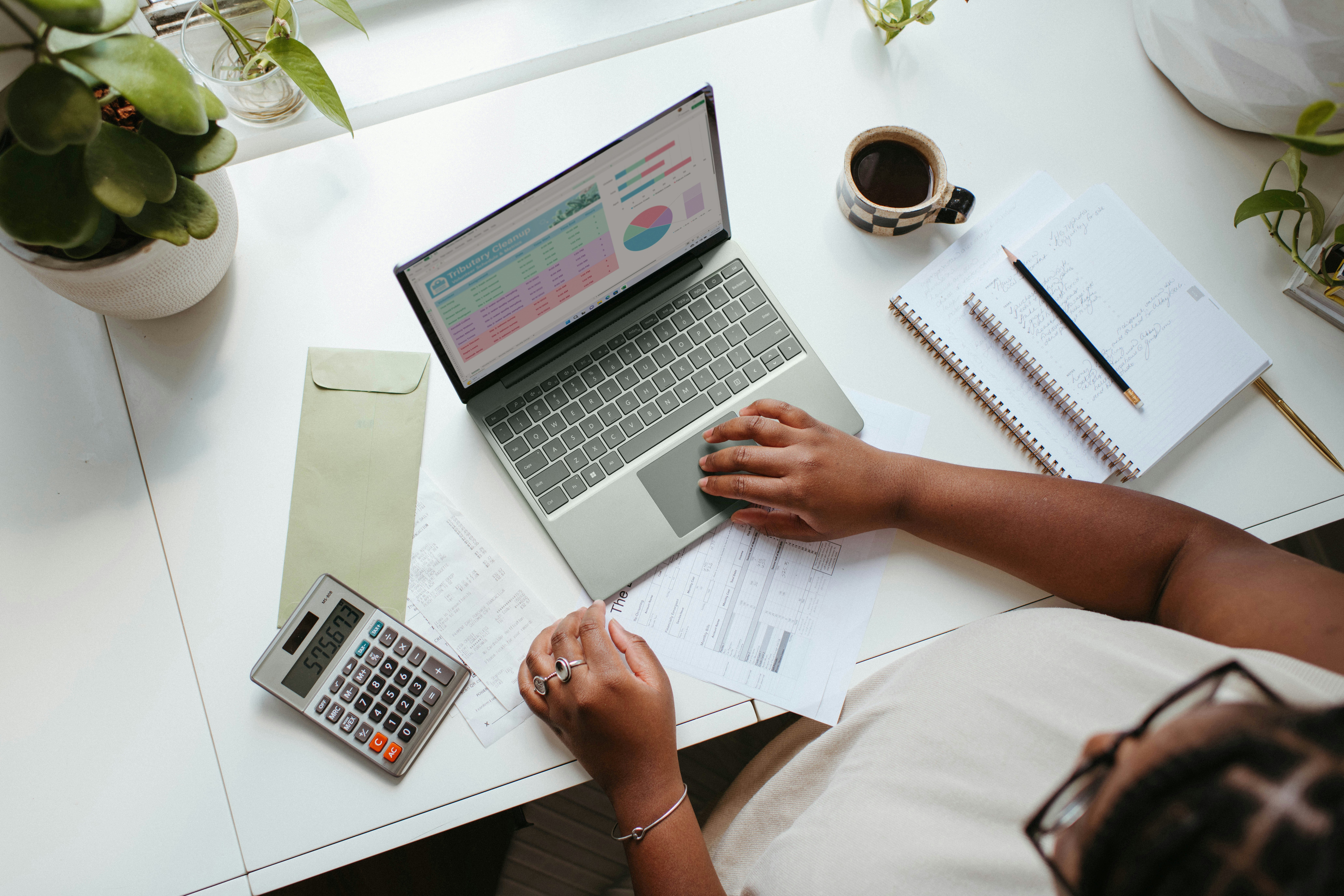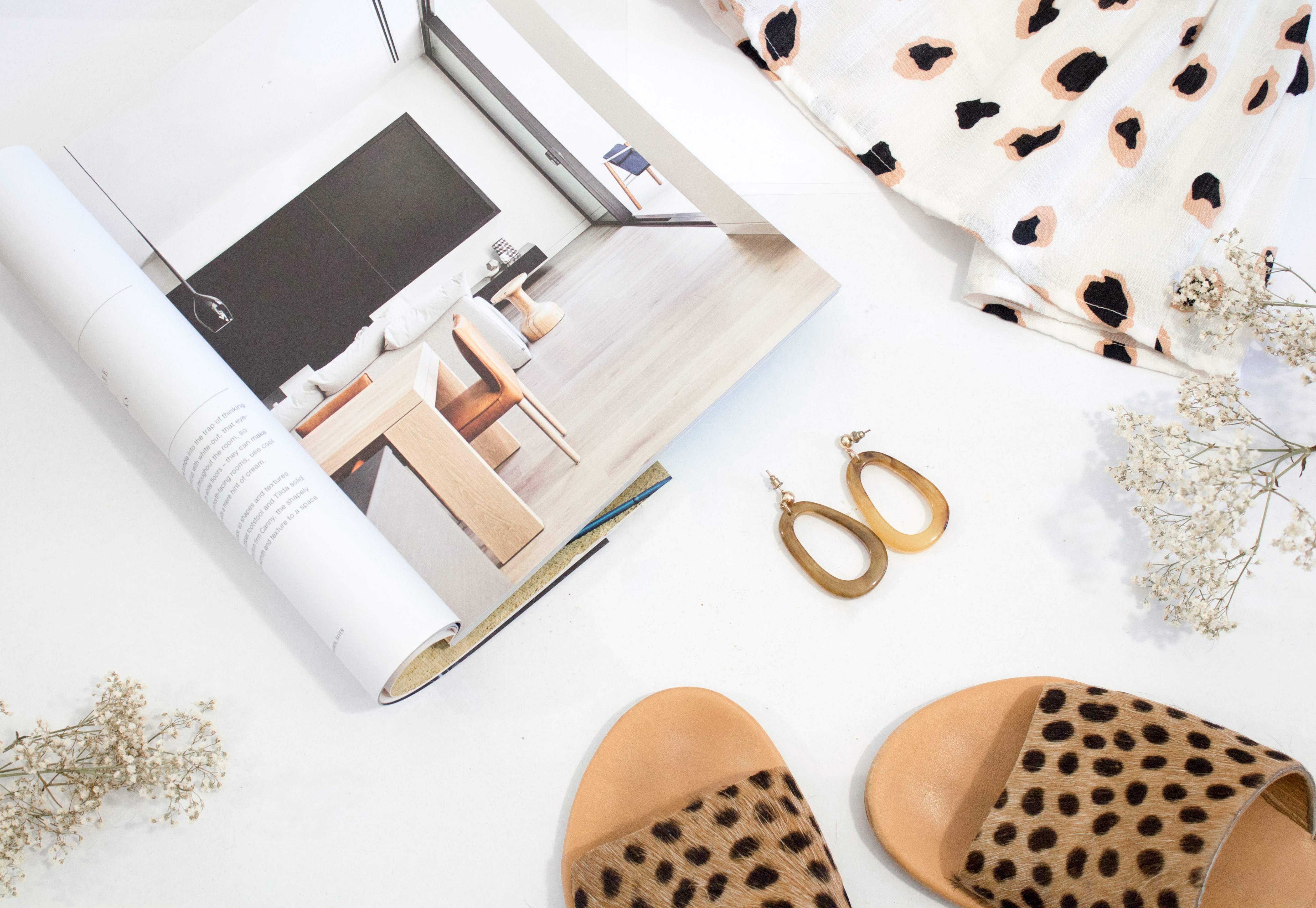The Rise of Fashion Blogging: The Role of Influencers in the Industry
Fashion blogging has evolved from a niche hobby into a powerful force shaping trends, consumer behavior, and the entire fashion industry itself. Central to this evolution are fashion influencers, whose influence spans social media platforms and beyond. Here's an exploration of how influencers have transformed the fashion landscape:
1. Origins of Fashion Blogging
Fashion blogging emerged in the early 2000s as a platform for individuals to share personal style, fashion tips, and insights. Initially, blogs provided a democratized space where fashion enthusiasts could express creativity outside traditional media channels.
2. Transition to Social Media Influencers
The rise of social media platforms like Instagram, YouTube, and TikTok catalyzed the transition of fashion bloggers into influencers. These platforms offered a visual and interactive medium for influencers to reach broader audiences, amplifying their impact and monetization potential.
3. Role of Fashion Influencers
Trendsetters: Influencers often dictate fashion trends by showcasing new styles and combinations to their followers.
Brand Collaborations: Influencers collaborate with fashion brands through sponsored content, product placements, and brand ambassadorships, influencing purchasing decisions.
Consumer Engagement: They foster direct engagement with followers through comments, likes, and interactive content, creating a sense of community and trust.
4. Impact on Consumer Behavior
Shift in Shopping Habits: Consumers increasingly look to influencers for style inspiration and product recommendations, influencing their purchasing decisions.
Authenticity and Trust: Followers often perceive influencers as more relatable and trustworthy than traditional advertising, enhancing brand credibility.
Market Accessibility: Influencers bridge the gap between high fashion and everyday consumers, making luxury brands more accessible and inclusive.
5. Diversity and Representation
Celebrating Diversity: Influencers champion diversity in fashion, promoting inclusivity in body size, ethnicity, gender identity, and personal style.
Challenge to Conventional Beauty Standards: They challenge conventional beauty norms by promoting diverse aesthetics and self-expression.
6. Challenges and Criticisms
Authenticity Concerns: Some critics question the authenticity of influencer content, citing sponsored posts and undisclosed partnerships.
Oversaturation: The proliferation of influencers has led to oversaturation, making it challenging for new voices to gain traction.
Regulatory Scrutiny: Influencer marketing faces regulatory scrutiny regarding transparency in sponsored content and advertising disclosures.
7. Future Trends
Video and Interactive Content: The shift towards video content and interactive formats (like live streams and interactive polls) continues to shape influencer strategies.
Sustainability and Ethical Fashion: Influencers are increasingly promoting sustainable and ethical fashion practices, reflecting growing consumer awareness.
Conclusion
In conclusion, fashion influencers have profoundly reshaped the fashion industry by democratizing trends, amplifying brand reach, and redefining consumer engagement. Their role as trendsetters and cultural influencers underscores their impact on fashion consumption patterns and industry dynamics. As the influence of influencers evolves, their ability to drive trends, advocate for diversity, and navigate regulatory challenges will continue to shape the future of fashion blogging and beyond.















